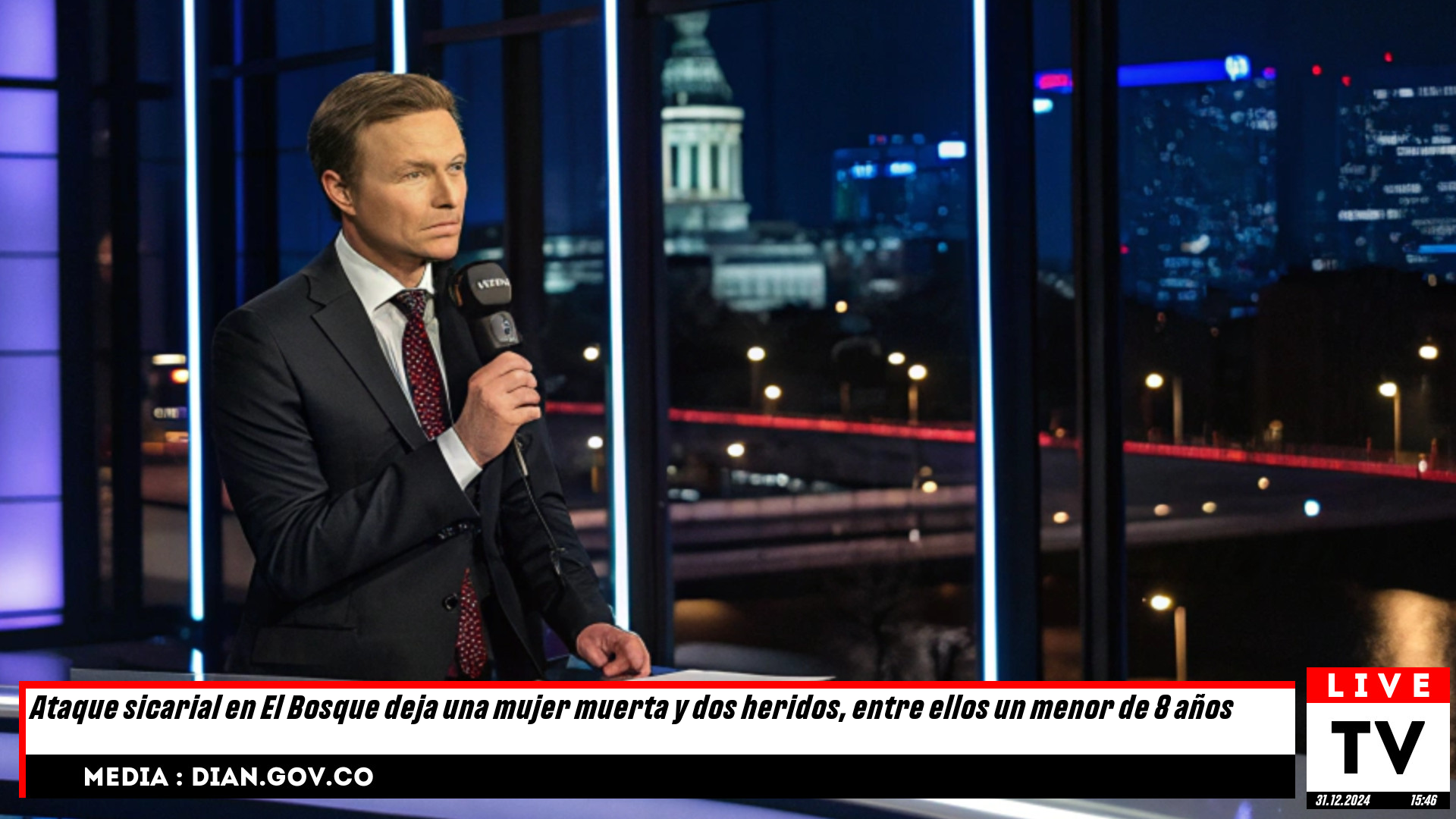Paul Pfeiffer: "Baby Jesus embodies a fluid androgyny that transcends gender" | Cultura | EL PAÍS English
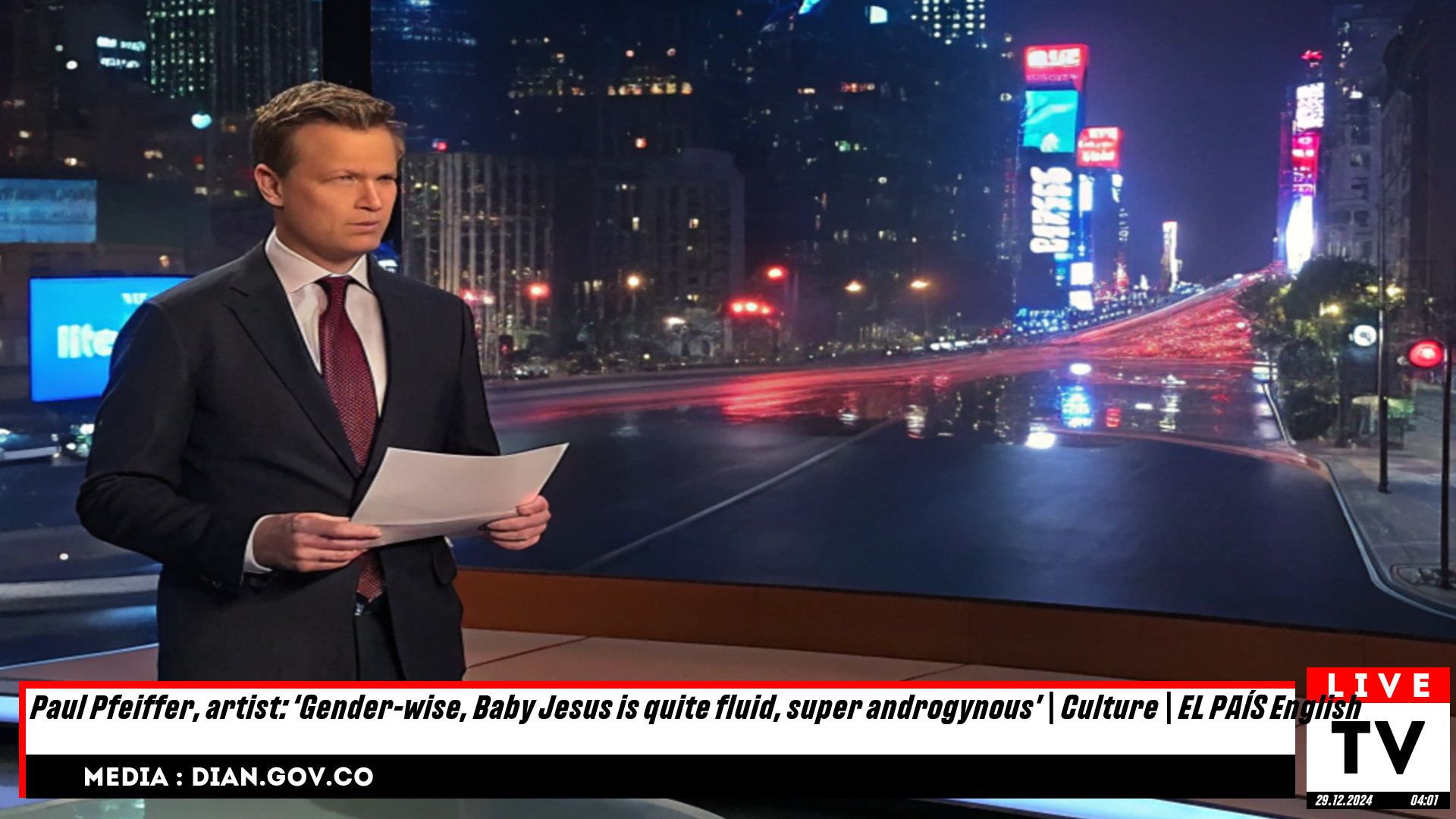
Desde pequeño, Paul Pfeiffer (Honolulu, 58 años) observaba desde el backstage mientras sus padres actuaban como músicos en una iglesia protestante en Filipinas. Esta experiencia moldeó su trayectoria como artista. “Ver la preparación, todo el esfuerzo que implica la producción... crecí rodeado de la mecánica del arte”, recuerda. Quizás por eso su exposición, que se inauguró el 30 de noviembre en el Museo Guggenheim de Bilbao, titulada Paul Pfeiffer: Prólogo a la Historia del Nacimiento de la Libertad (disponible hasta el 16 de marzo de 2025) tras su debut en el Museo de Arte Contemporáneo de Los Ángeles, adopta la forma de un complejo backstage que conduce a una apoteosis final. La muestra es un viaje que va desde los videos de pequeño formato de sus inicios como artista hasta instalaciones de gran escala que deslumbran con imagen y sonido, todo en servicio de una reflexión sobre la identidad y las dinámicas de poder. “Mis padres estaban menos preocupados por la teología y más por las prácticas sensoriales”, explica en medio del proceso de instalación de la exposición, a una semana de su apertura. “Busco formas de reproducir una experiencia inmersiva, mientras llamo la atención sobre cuán plásticos son tus emociones y cómo pueden ser fabricados.”
Between his 10th and 15th birthdays, the Hawaiian lived with his family in the Philippines, part of a Protestant congregation in a largely Catholic country. “By contrast, the present Protestant culture has very few images. But in a sense, I grew up attracted to the visuality of the Catholic tradition. The other churches which were just down the street had super-extravagant imagery. In some ways, I didn’t fully understand the context for this until as an adult, I got a fellowship from the Fulbright Foundation in 1994 to spend a year in the Philippines.” He specifically cites the phenomenon of the Santo Niño de Cebú, a wooden Baby Jesus sculpture that Ferdinand Magellan brought to the island of Cebú in 1521 and which millions of devotees visit each January as part of a massive religious ritual. “It’s a real queer festival, actually. Obviously, it’s a kind of drag. It’s like code switching that adheres to a kind of traditional set of codes and, at the same time, transforms it from within. The image of Baby Jesus is super androgynous, and the owners of the image treat it almost as a doll.” He’s not surprised to hear a journalist note that something similar takes place in the popular Spanish religious events during, for example, Seville’s Holy Week, which has been pointed out in Jesús Pascual’s recent documentary ¡Dolores guapa! “I think many of the central devotees of this festival are specifically gender fluid,” says Pfeiffer.
The same play of opposites appears in the wooden sculptures of Justin Bieber’s body, tattoos included, that Pfeiffer made in 2017 after seeing a performance by the pop idol in Manila on Bieber’s Purpose tour. “Here’s this entertainment figure performing for a 55,000-seat arena, which is, in fact, a mega-church associated with a very specific religion, the Iglesia Ni Cristo, a Native formulation of Christianity that was started in the Philippines in 1915 and that became associated with the working-class.” In Pfeiffer’s work, Bieber is presented as a modern-day Baby Jesus, with all his contradictions.
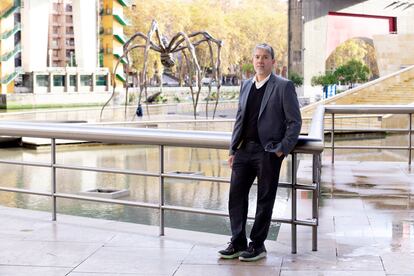
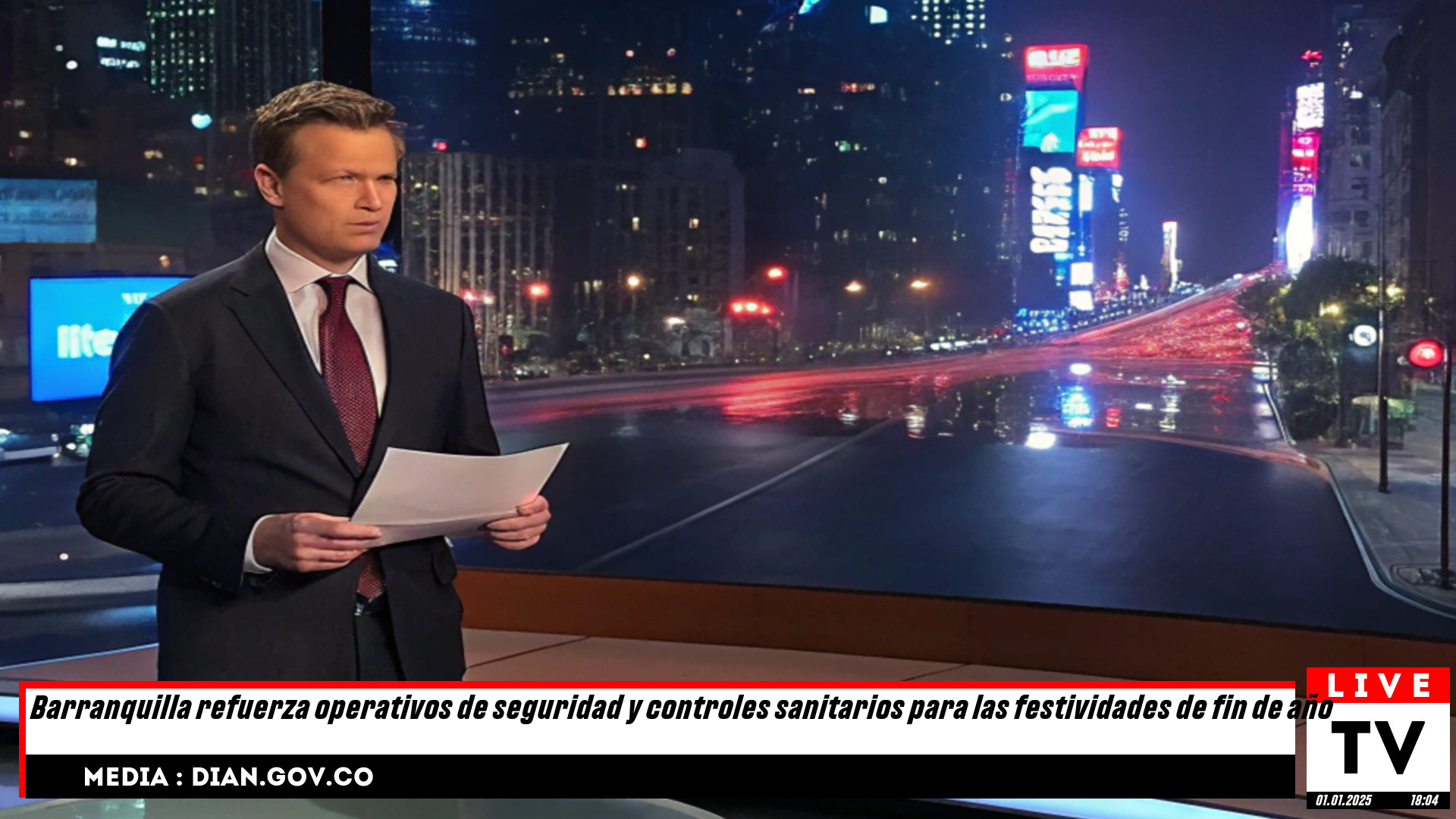
Barranquilla intensifica medidas de seguridad y salud ante las celebraciones de fin de año.
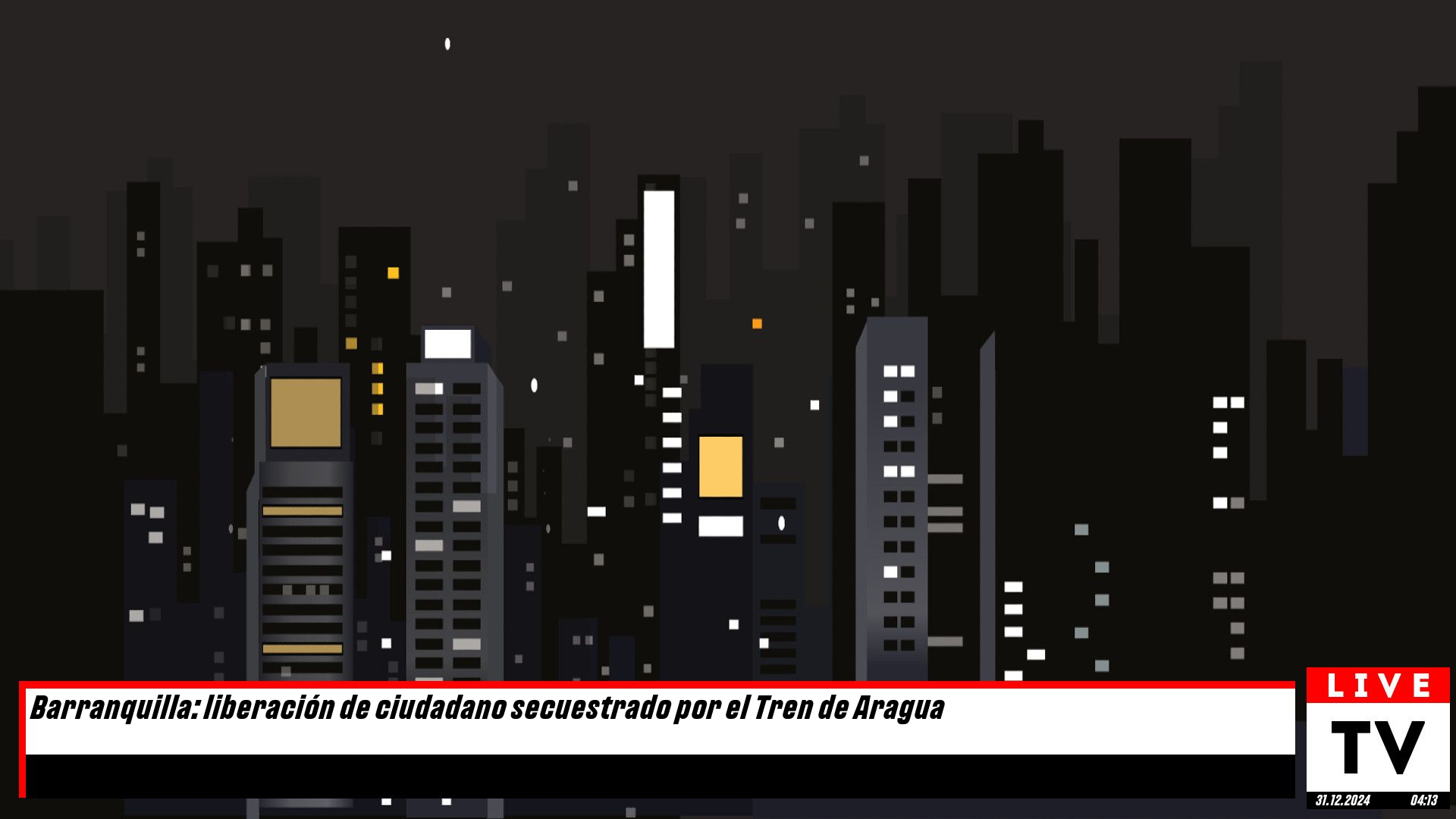
¡Éxito en Barranquilla! Liberan a ciudadano secuestrado por el Tren de Aragua
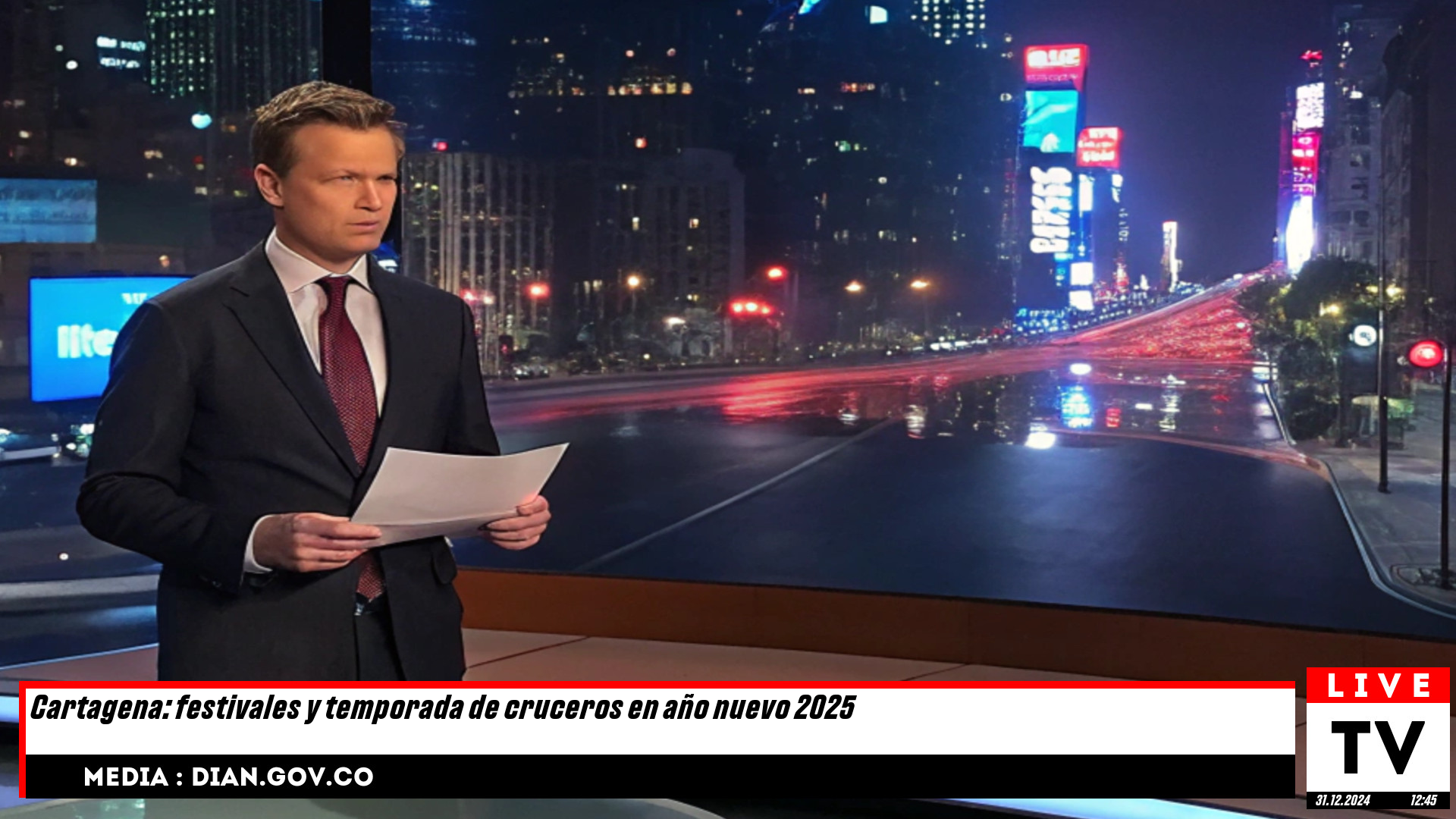
¡Cartagena se prepara para un espectacular inicio de 2025 con festivales vibrantes y cruceros emocionantes!
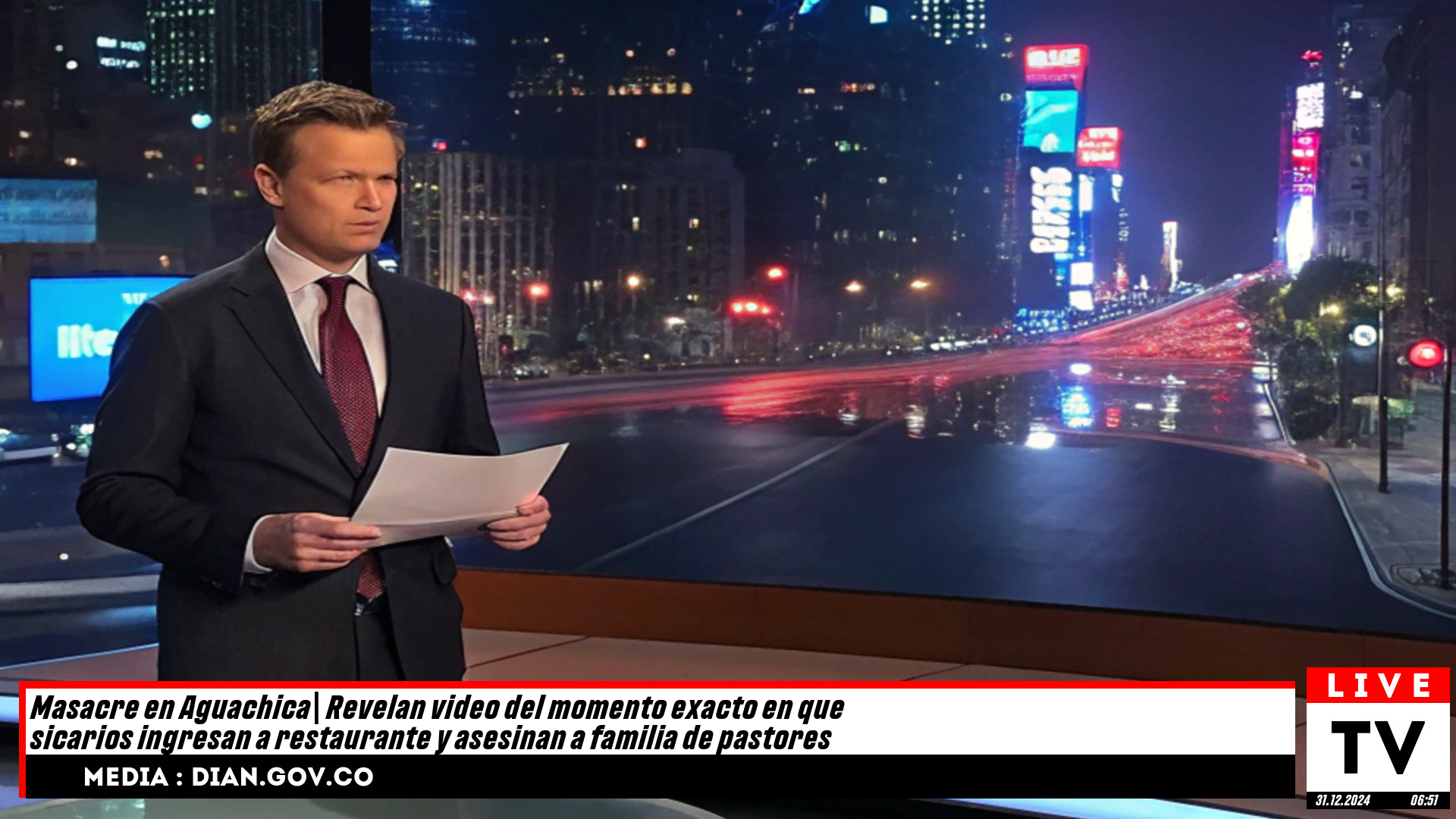
Sangriento ataque en Aguachica: Captan en video el instante en que sicarios abren fuego en un restaurante, cobrando la vida de una familia de pastores.
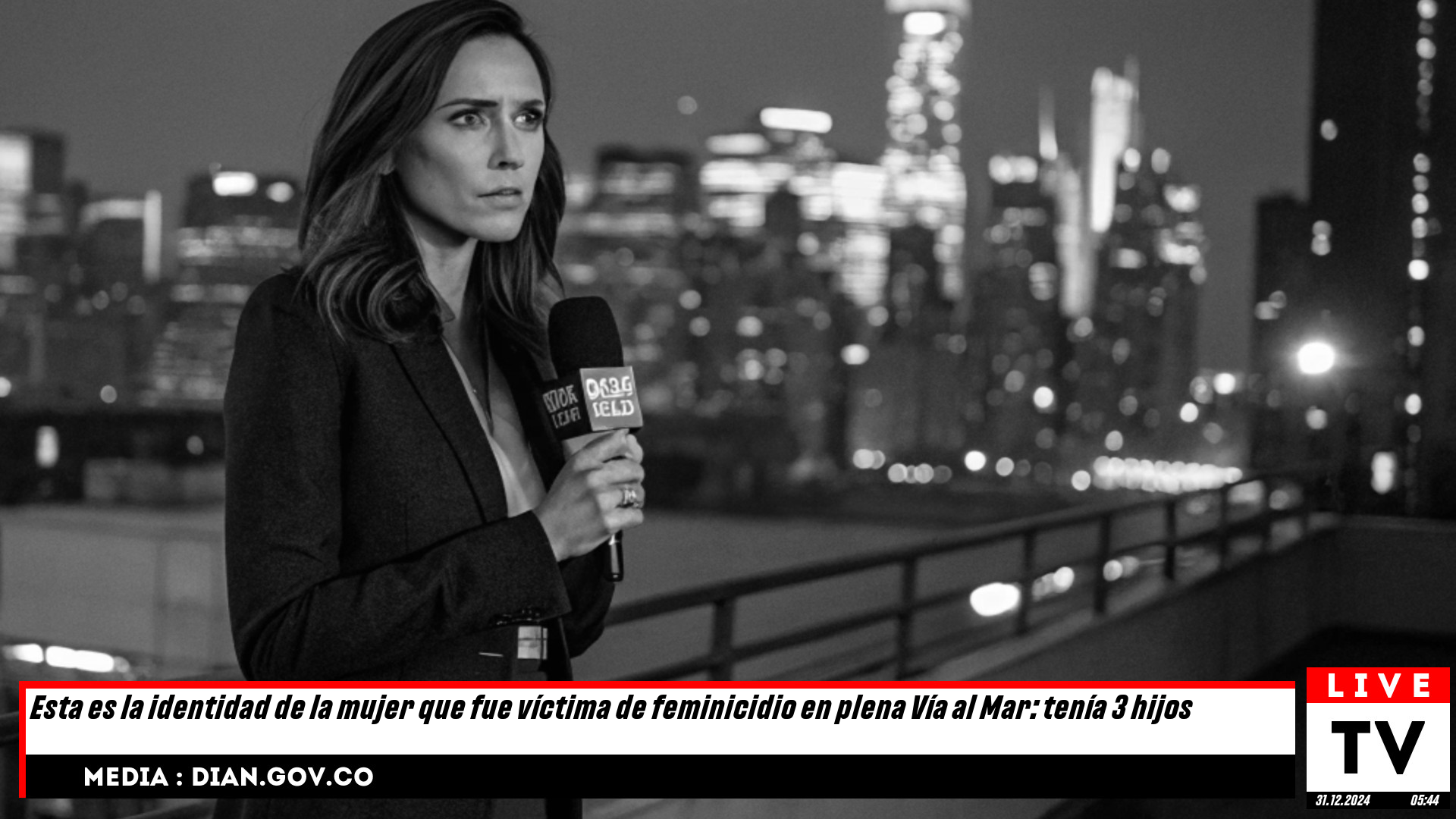
Identifican a la madre de tres hijos víctima de feminicidio en la Vía al Mar: una tragedia que conmueve a la comunidad.
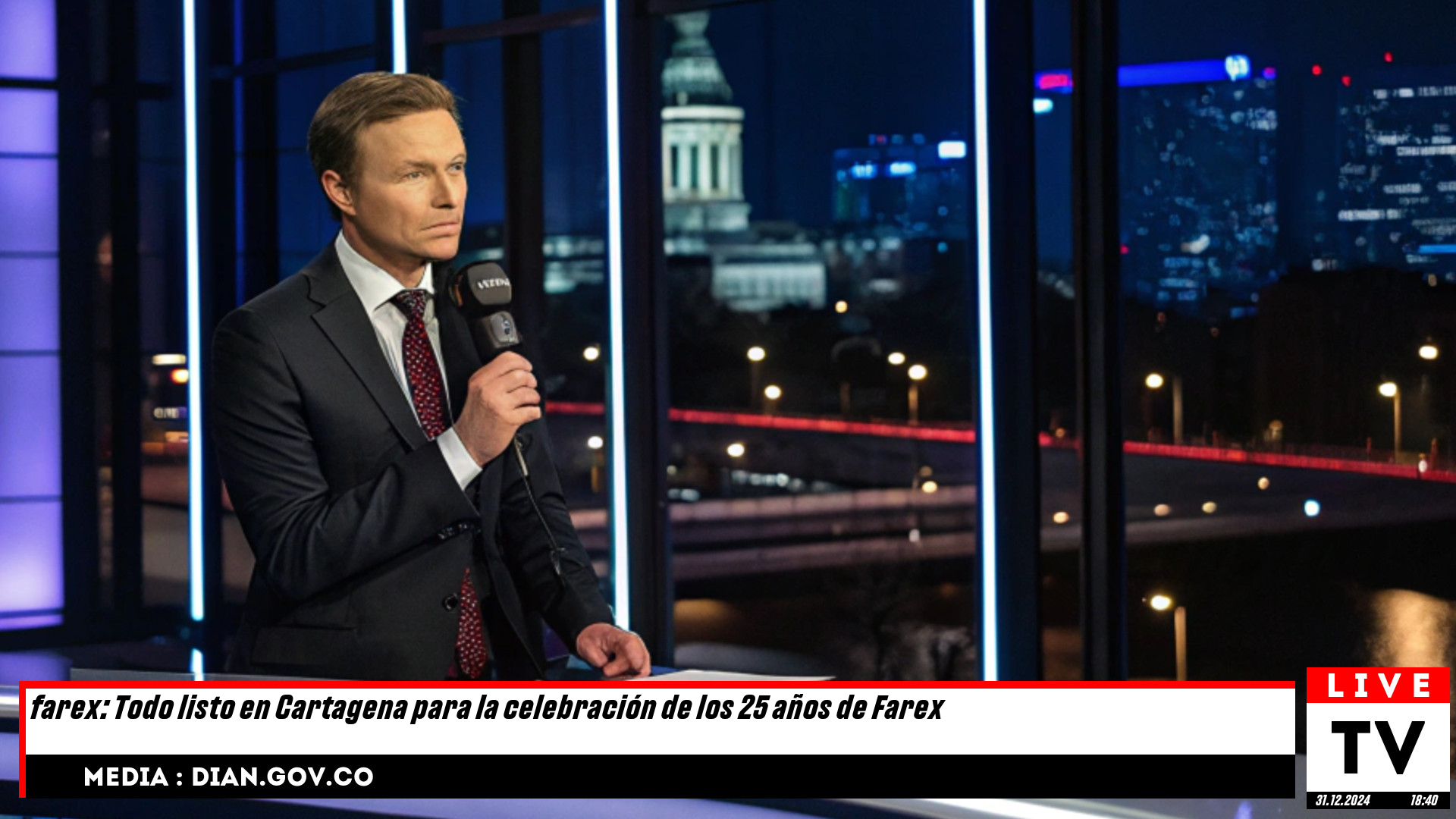
¡Cartagena se prepara para celebrar los 25 años de Farex con grandes festejos!
